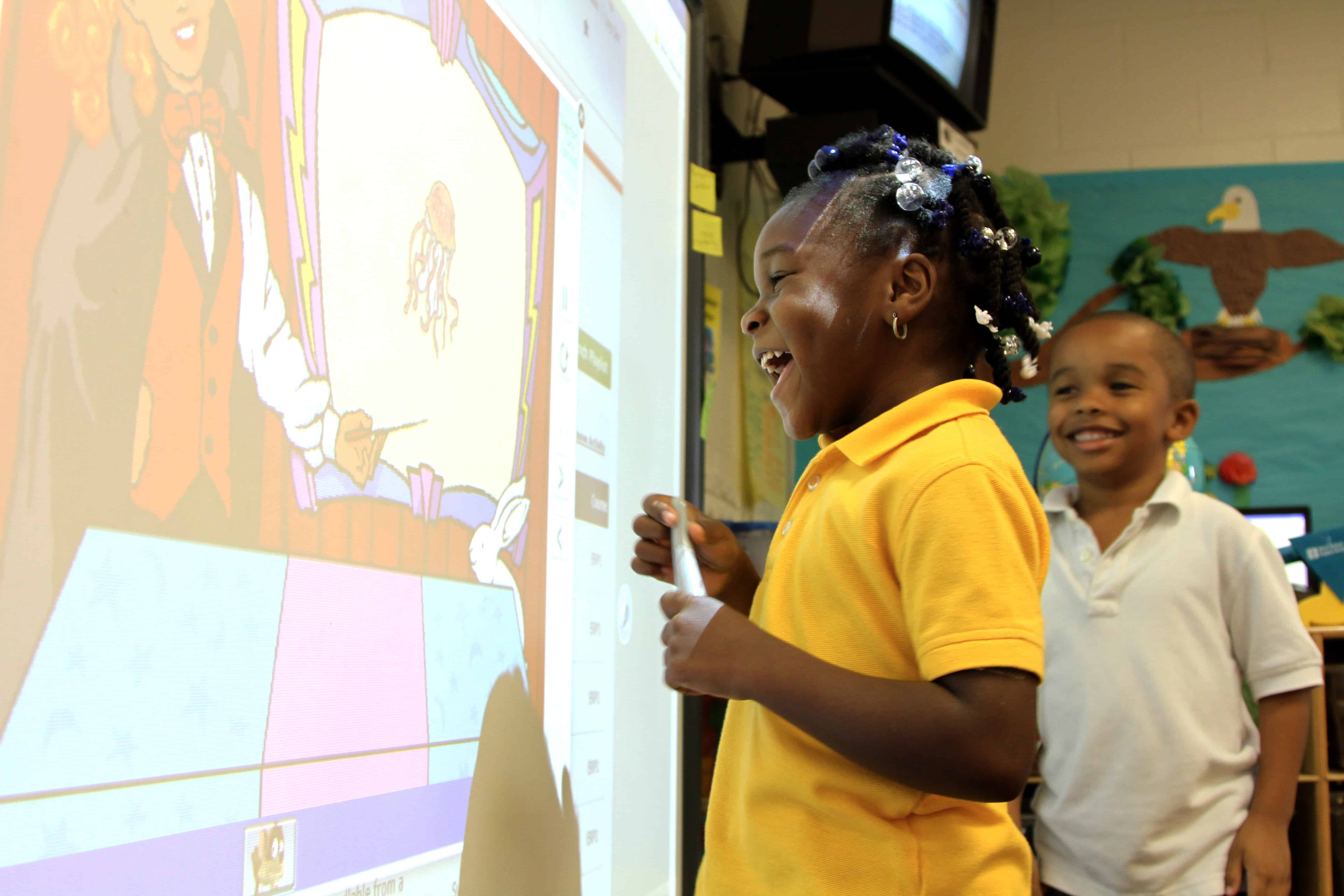As a teacher, one of the best ways to help students is by reducing barriers to learning. One approach that can help you achieve this is the Universal Design for Learning.
Introduced by educational researchers in the early 2000s, the Universal Design for Learning provides a framework for offering individualized support and inclusion to students. According to this educational framework, doing so is the best way to recognize a student’s strengths and challenges, and to limit any learning barriers at your school.
Read on to discover what the Universal Design for Learning is all about and how it can reduce educational barriers for students. Then, discover a few practical ways that you can use Universal Design for Learning guidelines in your classroom—along with some examples to get you started.
What is the Universal Design for Learning?
The Universal Design for Learning (also known by its abbreviation UDL and occasionally just “universal learning”) is an educational framework designed by CAST, an educational research organization located in Boston. Its goal is to help educators develop a learning environment that reduces student barriers and motivates them to succeed.[1]
Universal Design for Learning emphasizes three principles and proposes that educators must offer multiple ways for students to experience all three of:
- Student engagement (the “why” of learning)
- Representation (the “what” of learning)
- Action and Expression (the “how” of learning)
In this model, student engagement includes motivating students toward learning in the classroom. Representation involves supporting a student’s education needs based on factors like disabilities, cultural or language backgrounds, and other needs. And finally, action and expression refers to providing students with means to engage in class based on those needs.
At the core of the UDL framework is providing students with the individualized support they need to succeed. Through UDL, educators recognize that barriers to learning come not from the student themselves but from environmental circumstances.[2] The best way to address these barriers, according to UDL, is by using personalized learning strategies and promoting inclusion for all students.
Why Universal Design for Learning Is Important
 The most meaningful benefit of UDL principles is that by using them, you can improve accessibility and equity in your classroom.[4] UDL recognizes that students come from many different backgrounds and need individualized support. By implementing UDL guidelines, you can both recognize and reduce any barriers that your students are facing.[2]
The most meaningful benefit of UDL principles is that by using them, you can improve accessibility and equity in your classroom.[4] UDL recognizes that students come from many different backgrounds and need individualized support. By implementing UDL guidelines, you can both recognize and reduce any barriers that your students are facing.[2]
In particular, the UDL framework is one of the best ways to reach students who are traditionally marginalized—like children from under-resourced families or those with disabilities.[5] By being more mindful of the barriers these children face, you will be able to provide better support and prevent them from falling behind.
Additionally, you can use UDL to boost student motivation. By providing multiple means of engagement in class, students are more likely to find a learning strategy or assignment that clicks for them.[3] As they understand lessons more fully, their motivation to succeed will grow and they will find learning more valuable.[9]
Universal Design for Learning: Strategies in the Classroom
Now that you know a little more about what the UDL framework is and how this strategy can give your students more personalized support, let’s discuss how to get started. You can use the following strategies to incorporate Universal Design for Learning tools into your classroom.
Give Students a Choice of Assignments
Some students may benefit from a certain type of assignment while their classmates may gain more understanding from another. In order to best suit different learning styles, offer students several different ways to complete an assignment that all result in the same objective.[8]
Say that you’d like to help your students to summarize what they learned from a book you read in class. You could give students three options to demonstrate their knowledge: write a book report, draw a scene from the book with a short analysis, or write and perform a skit showing an alternate ending for the book.

Identify and Address Learning Barriers
Circumstances like financial hardships, racial discrimination, or learning disabilities can inhibit a child’s ability to reach their potential if they are not addressed. Take time to get to know your students, their needs, and any barriers they may be facing. Then, use the resources you can to reduce these barriers.[6]
You may, for example, have a student in your class with attention-deficit hyperactivity disorder. Ways to reduce barriers could include helping them set a routine, learning more about their needs from their family, or referring them to a school specialist.
Teach Families About the UDL Framework
Students can benefit from these strategies at home, too. In an article with Understood, educator Alison Posey suggests that teachers inform families about what UDL is and how you’ll be using it in class around back-to-school night.[2] That way, you can show them how you’ll be supporting student learning and share ideas about what families can do themselves.
Create a Climate of Inclusion
Part of UDL is creating a classroom environment where every child feels that they belong. According to educators at the University of Waterloo, a student’s sense of belonging affects their ability to learn.[7]
Make sure that children in your classroom feel comfortable and safe bringing their whole selves—including their race, heritage, gender identity, and disabilities—into your classroom and address bias. One simple but effective way to do so is by stocking your classroom library with books that reflect your students’ diverse backgrounds and experiences.
Sources:
- UDL Guidelines. Frequently Asked Questions. https://udlguidelines.cast.org/more/frequently-asked-questions#goal.
- Posey, A. Universal Design for Learning (UDL): A teacher’s guide. Understood. https://www.understood.org/articles/en/understanding-universal-design-for-learning
- Kentucky Department of Education. Universal Design for Learning (UDL). February 18, 2021. https://education.ky.gov/educational/diff/Pages/UDL.aspx.
- Te Keti Ipurangi (TKI) Inclusive Education. Why UDL is valuable. https://www.inclusive.tki.org.nz/guides/universal-design-for-learning/why-udl-is-valuable/
- University of Michigan Dyslexia Help. Universal Design for Learning. dyslexiahelp.umich.edu/professionals/dyslexia-school/universal-design#.
- Dartmouth Center for the Advancement of Learning. Universal Design in Education. https://dcal.dartmouth.edu/resources/teaching-learning-foundations/universal-design-education
- University of Waterloo Centre for Teaching Excellence. Universal Design: Instructional Strategies. https://uwaterloo.ca/centre-for-teaching-excellence/teaching-resources/teaching-tips/teaching-tips-planning-courses-and-assignments/universal-design-instructional-strategies.
- Center for Applied Special Technology (CAST) and Understood. 5 Examples of Universal Design for Learning in the Classroom. Reading Rockets. https://www.readingrockets.org/article/5-examples-universal-design-learning-classroom.
- Chen, E. The Importance of Universal Design for Learning. Harvard Graduate School of Education. December 20, 2008. https://www.gse.harvard.edu/news/uk/08/12/importance-universal-design-learning.

